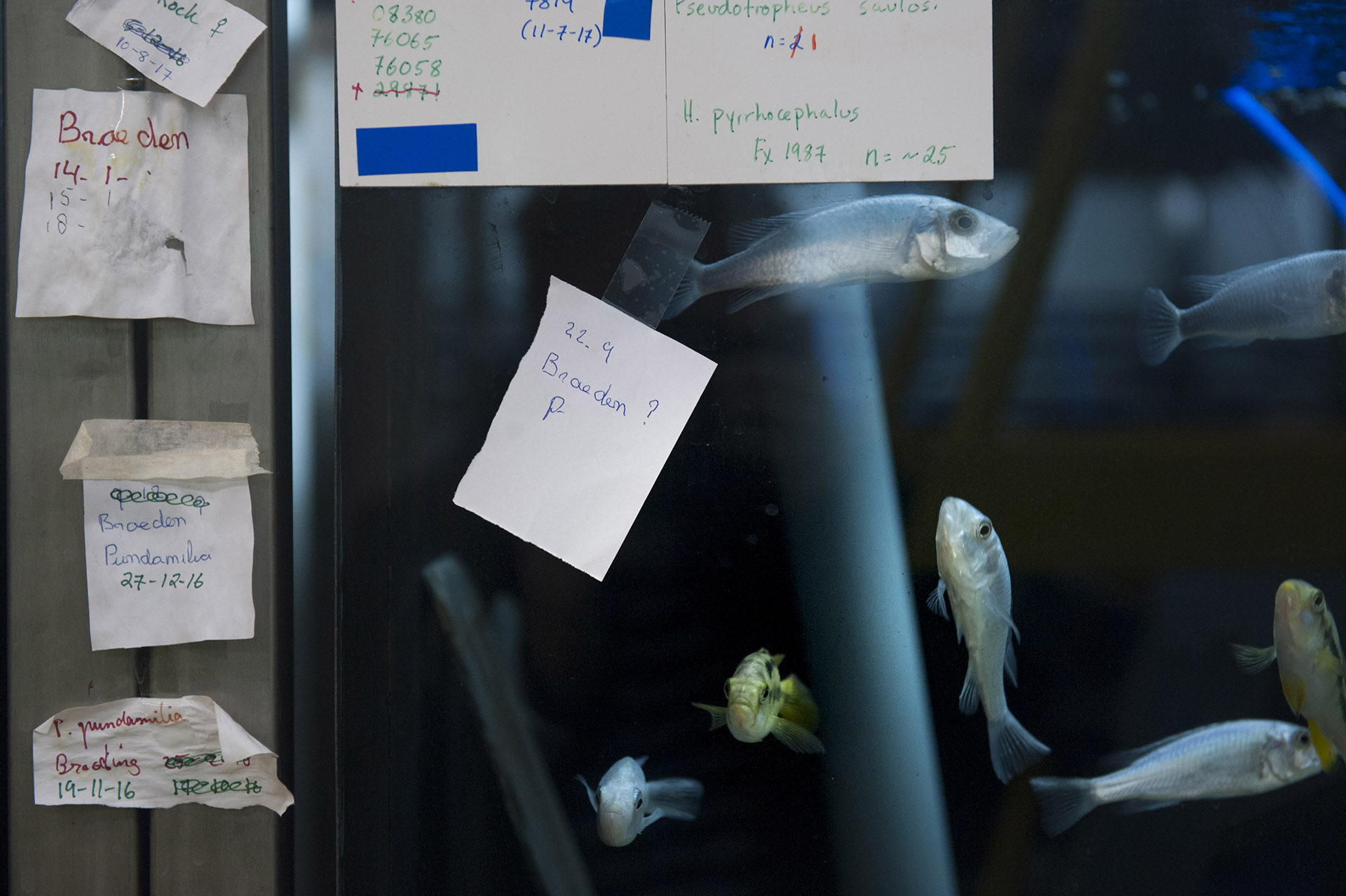The number of test animals at the University of Groningen remained stable in 2023. A total of 14,721 animals were used in experiments, compared to 14,602 in 2022. In 2019, this number was over 18,000.
Over 10,000 of the animals are mice, and more than 1,500 are rats. Birds (1,868) and fish (967) are also used. This information comes from the 2023 annual report of the UG’s Animal Welfare Body.
In the vast majority of cases, the animals are used for fundamental scientific research, often cancer research. In 58 percent of cases, the animals experienced ‘mild discomfort’ (such as needle insertion, short-term anaesthesia, or isolation in a cage for a few days). 4 percent of the experiments caused ‘severe discomfort’ for the animals or were lethal.
Procedure
In ‘a few cases,’ researchers did not follow the rules for timely reporting of protocols to the Animal Welfare Body. ‘This does not mean they did anything substantively wrong, only procedurally,’ emphasises animal testing expert Miriam van der Meulen. For example, one researcher failed to adequately account for the upcoming expiration of their license.
This issue did result in an official warning from the Netherlands Food and Consumer Product Safety Authority. ‘The system has now been adjusted so that researchers receive an advance warning, alerting them when the end of the period is approaching,’ explains UG administrator Hans Biemans.
Decrease
The number of test animals has decreased by about a quarter since the Animal Experiments Act was tightened in 2014. ‘The development of alternatives to animal testing continues, and hopefully this will lead to further reductions in the coming years,’ the annual report states.
Animal testing experts also advocate for more efficient use of test animals. In 2023, the UG bred 28,000 mice and rats, of which only 20 percent were used in experiments. Nearly 5,000 animals were killed immediately after breeding, and over 20,000 were killed without ever being used in an experiment.
Downward trend
This number is high, but it does show a downward trend. ‘However, the UG is fully aware that the number of unused animals is still too high and that more efforts must continue to be made to reduce the number of animals killed in stock.’
The authors of the annual report advocate for more efficient management of the animals, ‘so that not half of them are surplus from breeding’.
‘The second reason is that many new medications are often tested on male test animals and subsequently on predominantly male human volunteers. The medication then proves effective in male patients but not, or very differently, in female patients.’
For more on this subject, read UKrant’s new background story ‘Males aren’t females‘ on female test animals and subjects. They are often excluded from experiments, which can lead to biased conclusions, since men and women aren’t the same. This can result in improper treatment for female patients.




